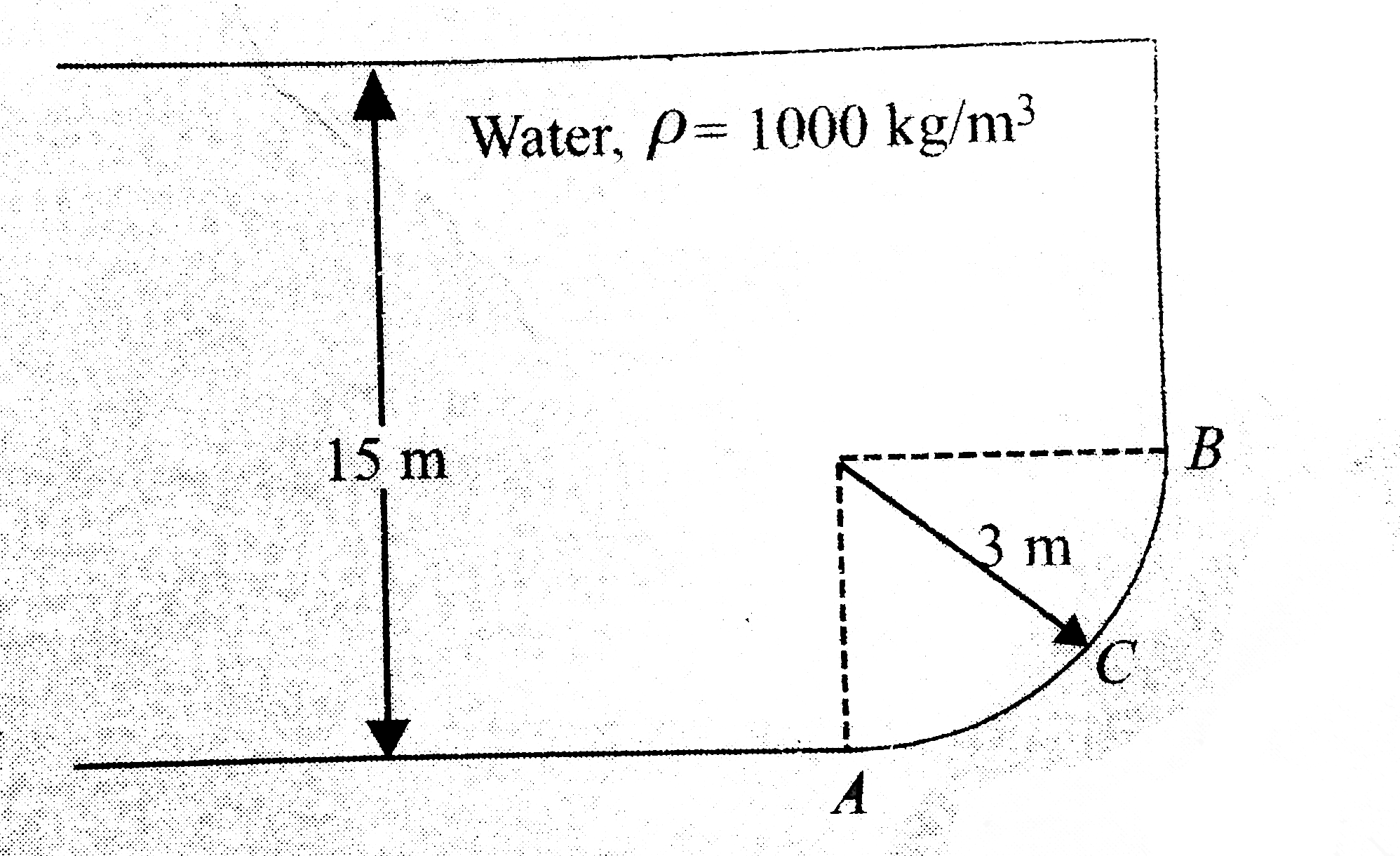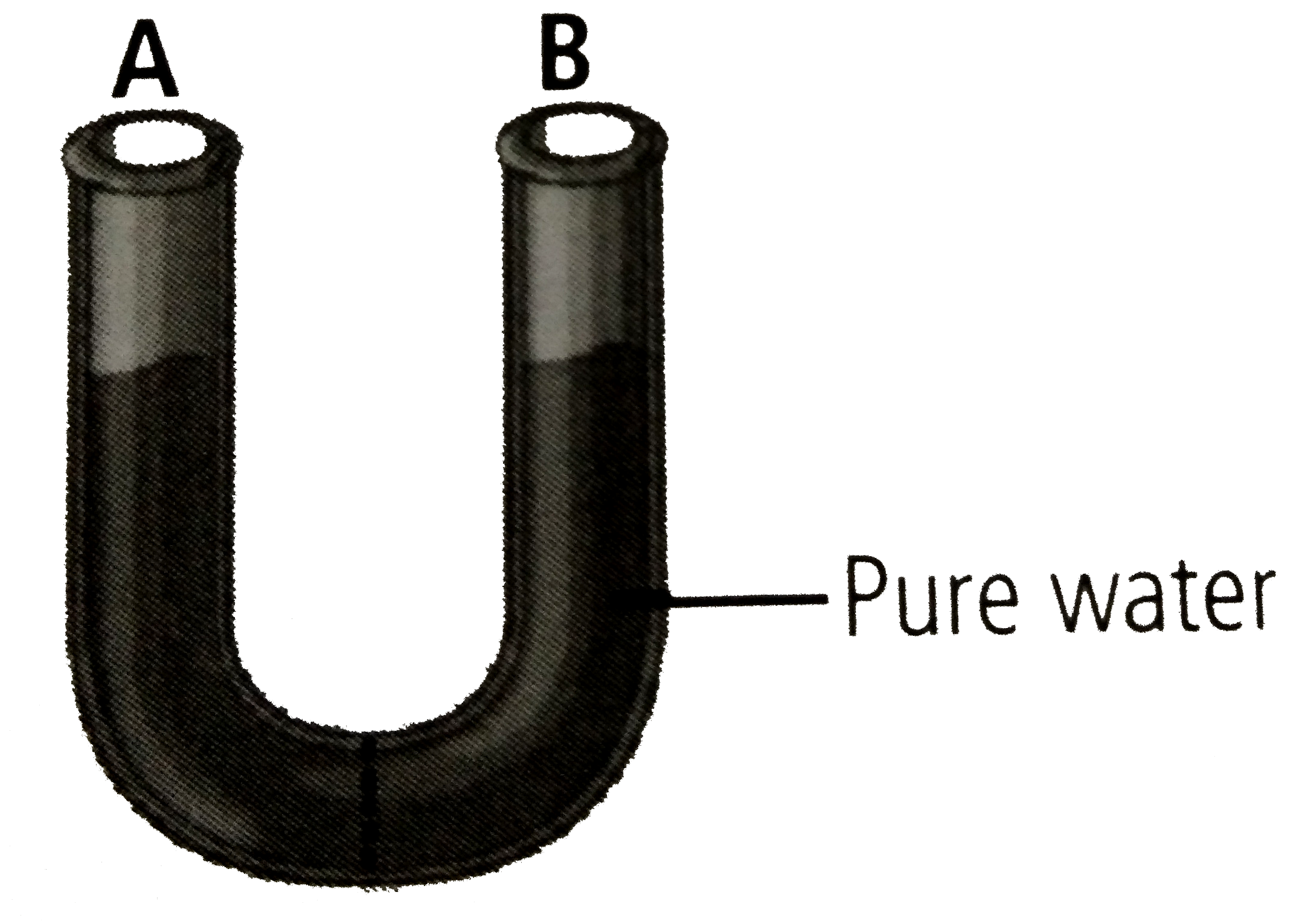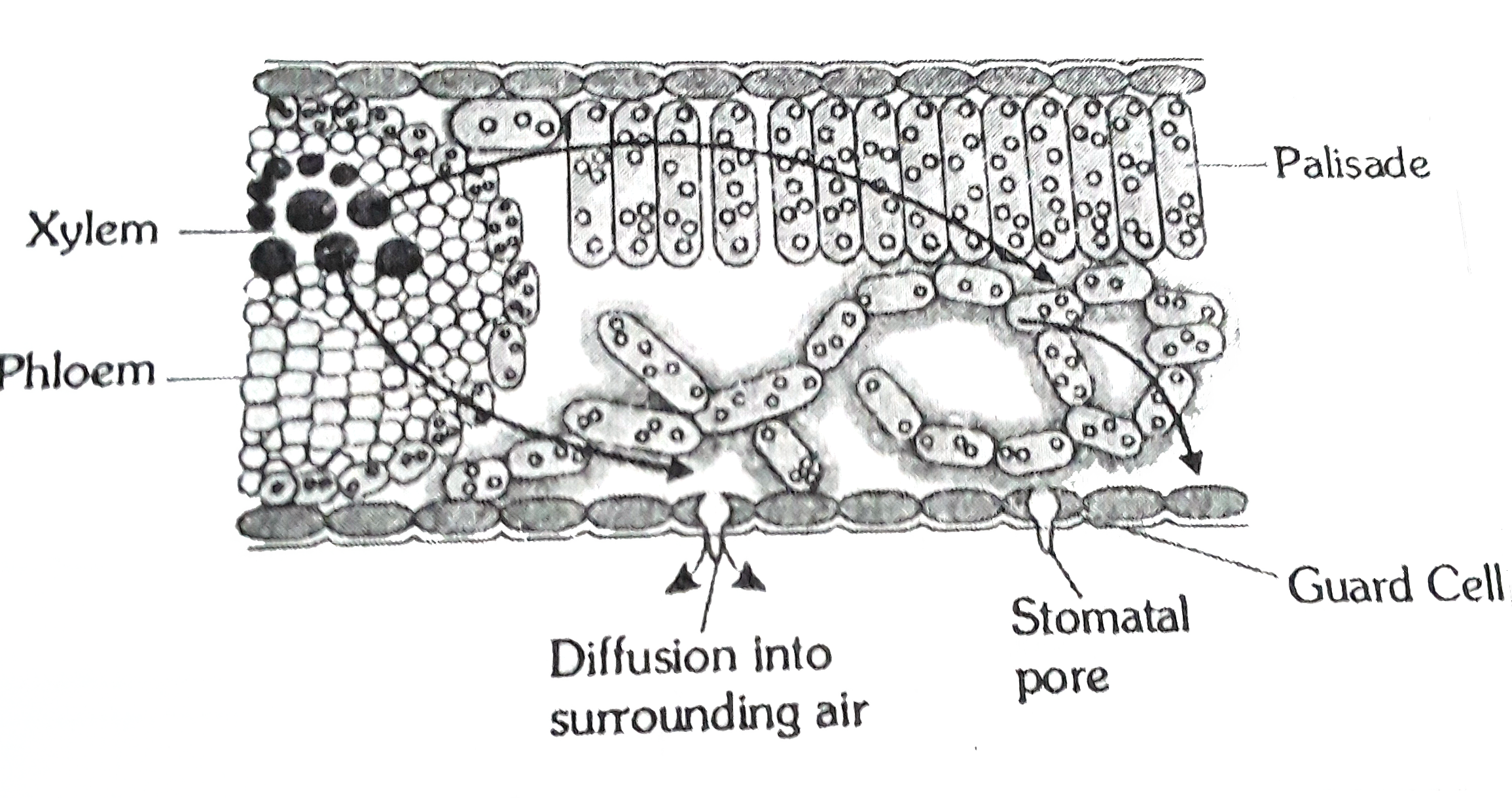As water moves into the cell from outside, the hydrostatic pressure Ψp_ _and this results in an
Increases, increased Ψwof the cell
Decreases, increased Ψw of the cell
Increases, decreased Ψw of the cell
Decreases, decreased Ψw of the cell
The correct Answer is:A
Step-by-Step Solution:
1. Understanding Water Movement: Water moves into the plant cell from the surrounding environment primarily through the process of osmosis. Osmosis is the movement of water across a semi-permeable membrane from an area of lower solute concentration to an area of higher solute concentration.
2. Hydrostatic Pressure (Ψp): As water enters the cell, it creates hydrostatic pressure, which is the pressure exerted by the fluid (in this case, water) against the cell wall. This pressure is denoted as Ψp (psi p).
3. Turgidity of the Cell: The increase in hydrostatic pressure causes the plant cell to become turgid. Turgidity is a state where the cell is swollen and firm due to the pressure of the fluid inside against the cell wall. This is essential for maintaining the structural integrity of the plant.
4. Increase in Pressure Potential: The hydrostatic pressure (Ψp) contributes to the overall pressure potential of the cell. As the cell becomes turgid, the pressure potential increases.
5. Effect on Water Potential (Ψw): The water potential (Ψw) of the cell is a measure of the potential energy of water in the system. As the pressure potential increases due to the influx of water and the resulting turgidity, the overall water potential of the cell also increases.
6. Conclusion: Therefore, as water moves into the cell, the hydrostatic pressure (Ψp) increases, resulting in the cell becoming turgid and increasing both the pressure potential and the water potential (Ψw) of the cell.
Final Statement: As water moves into the cell from outside, the hydrostatic pressure (Ψp) increases, resulting in the cell becoming turgid and an increase in the water potential (Ψw) of the cell.
---
Similar Questions
Water is retained by a curved gate AB. Compute the horizontal and vertical component of the resultant of the hydrostatic pressure dsitribution on the gate AB, which is a quarter of a cylinder. Assume that the gate is 4m wide.
 View Solution
View SolutionWater is absorbed from outside solution only when it is
View Solution
Knowledge Check
- Question 1 - Select One
The hydrostatic pressure developed in the cell is called
ATurgor pressureBWall pressureCOsmotic pressureDSuction pressure - Question 2 - Select One
Water tends to move into a cell that has a(n)
Ahigh T. P.Bhigh positive Psi_wCmore negative Psi_wDlow T. P. - Question 3 - Select One
Given figure shows U−shaped tube with two hands A and B separated by a semi-permeable membrane

(i) Adding solute to the right side lowers the value of Ψs Causing water to move to the right side of the tube.
(ii) Applying positive pressure to the left side decreases the vaule of Ψρ causing water to move to the right side of the tube.
(iii) Applying negative pressure to the left side decreases the value of Ψρ causing water to move to the right side of the tube.
Which of the above statements is/are true?A(i) and (ii)B(i) onlyC(iii)onlyD(i),(ii) and (iii)
Study the given figure of water movement in the leaf and mark the correct series of pressure gradient that occurs during transpiration.

(I) Pressure gradient between the outside air and th air spaces of the leaf.
(II) Pressure gradient between photosynthetic cells and on the water filled xylem in the leaf vein.View SolutionWhen water moves out from cell then it is first lost from the (A)_____ and then from the (B)_____
View SolutionAssertion : Loss of water produces a negative hydrostatic pressure.
Reason : Positive hydrostatic pressure is developed due to osmotic entry of water into it.View SolutionWhich of the following statements is/are not incorrect?
(i) Water and minerals, and food are generally moved by a mass or bulk flow system.
(ii) Bulk flow can be achieved either through a positive hydrostatic pressure gradient or a negative hydrostatic pressure gradient.
(iii) The bulk movement of substances through the conducting tissues of plants is called translocation.
(iv) Xylem translocates organic and inorganic solutes, mainly from roots to the aerial parts of the plants.
(v) Phloem translocates water, mineral salts, some organic nitrogen and hormones, from the leaves to other parts of the plants.View SolutionThree layers of cells in retina from inside to outside are
View Solution

